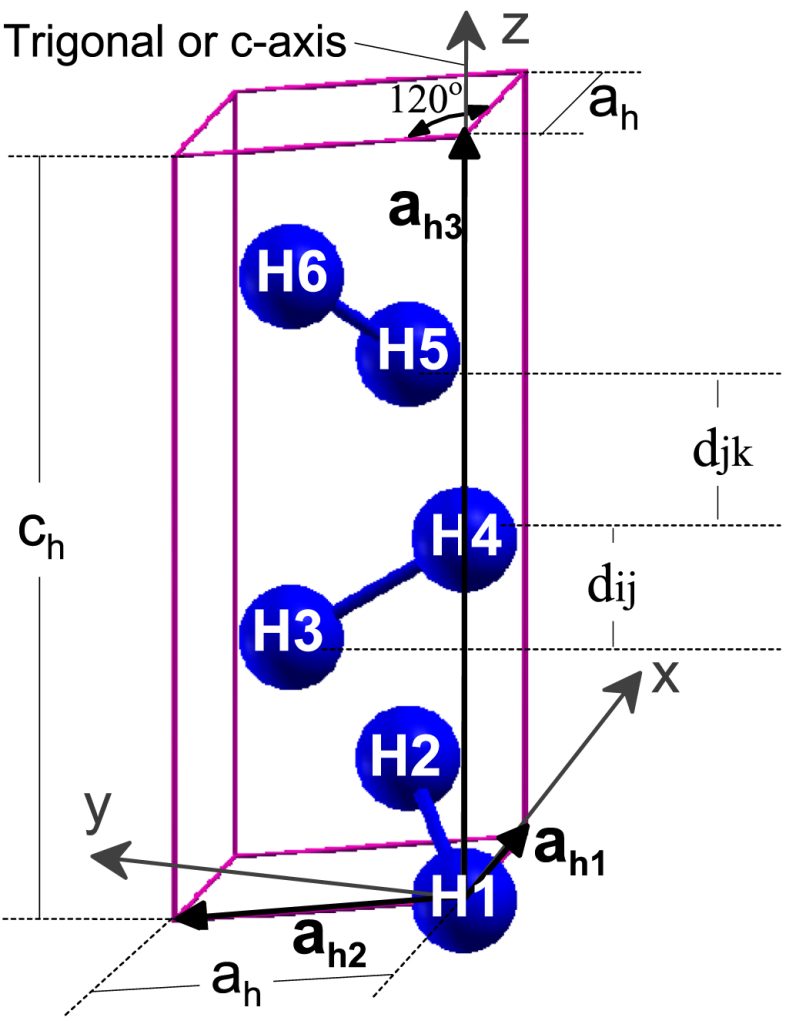
Fully relativistic density-functional-theory calculations of Bi(111) thin films are analyzed to revisit their two metallic surface-states branches. We first contrast these metallic branches with surface states arising at gaps in the valence band opened by the spin–orbit coupling (SOC). We find that the two metallic branches along Γ𝑀― do not overlap with the bulk band at the zone boundary, M. We show that the spin texture observed in such states cannot be traced to the lifting of Kramers’ degeneracy. Instead, we track them to the 𝑚𝑗=±1/2–𝑚𝑗=±3/2 SOC splitting, the potential anisotropy for in-plane and out-of-plane states, and the coupling between the opposite surfaces of a slab occurring near M, which is driven by a spatial redistribution of the four metallic states composing the two metallic branches. Each of these branches appears to be non-degenerate at the tested surface, yet each is degenerate with another state of opposite spin at the other surface. Nevertheless, the four metallic states bear some contribution on both surfaces of the film because of their spatial redistribution near M. The overlapping among these states near M, afforded by their spatial redistribution on both surfaces, causes a hybridization that perpetuates the splitting between the two branches, makes the film’s electronic structure thickness dependent near M, extinguishes the magnetic moment of the metallic states avoiding the magnetic-moment discontinuity at M, and denies the need or expectancy of the metallic branches becoming degenerate at M. We propose that the opposite spin polarization observed for the two metallic branches occurs because the surface atoms retain their covalent bonds and thus cannot afford magnetic polarization. We show that the Rashba-splitting of the metallic states for inversion-asymmetric films does not have a fixed magnitude but can be tuned by changing the perturbation breaking inversion symmetry.
This work was published in the Journal of Physics: Condensed Matter.
[M. Alcántara Ortigoza, T. S. Rahman, “A closer look at how symmetry constraints and the spin–orbit coupling shape the electronic structure of Bi (111).” J. Phys.: Condens. Matter 36, 015503 (2023). https://doi.org/10.1088/1361-648x/acfb67]